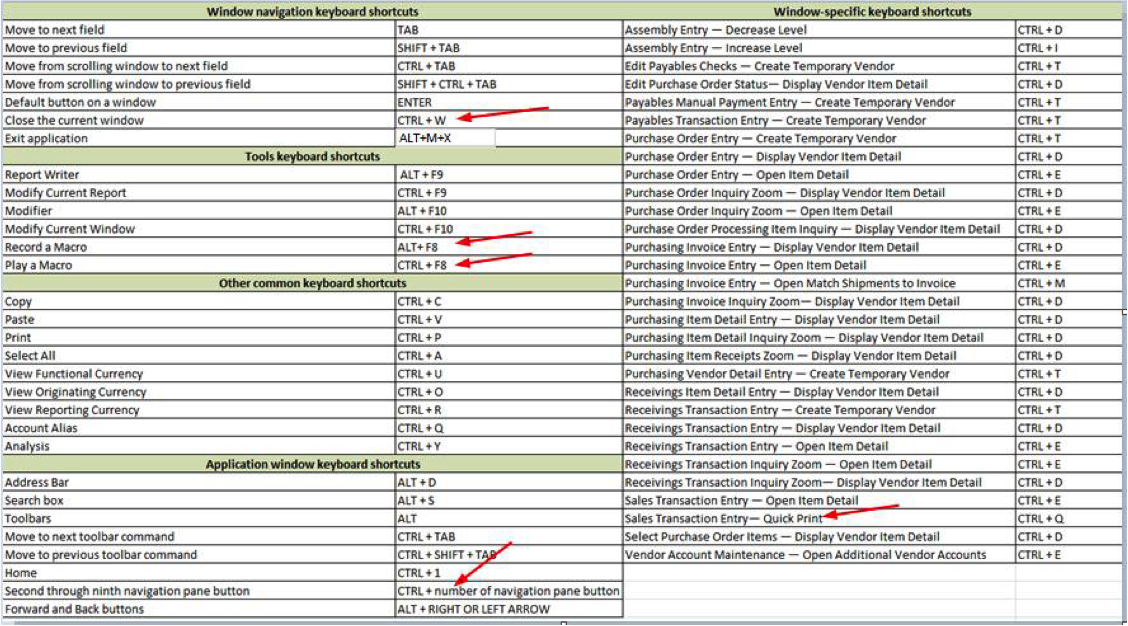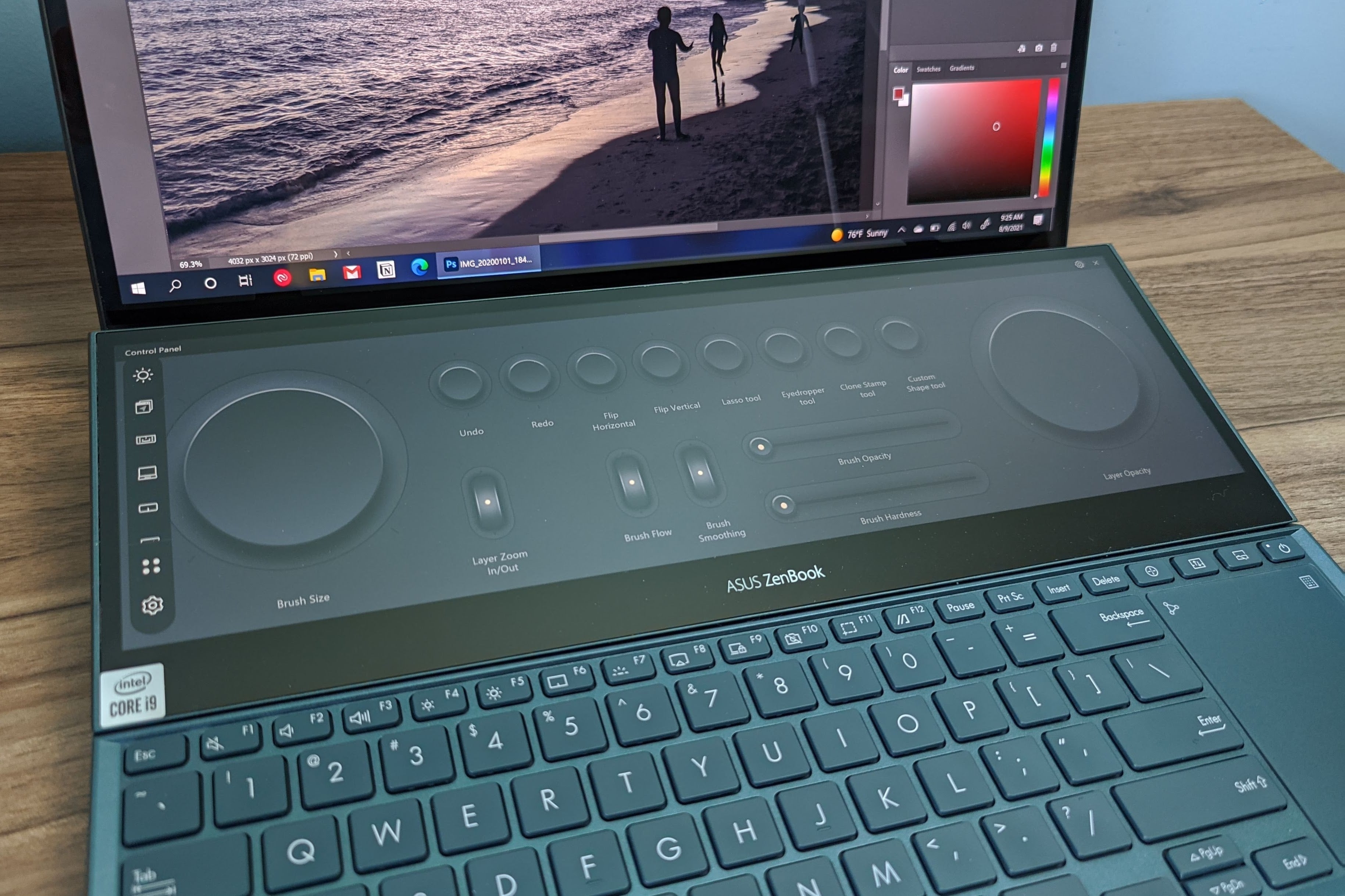

No plugins, all configuration options are located in submenus. Initial Setup Guide is a text document so no user-friendly pictures for newbies. Setting up some features requires terminal access and typing in commands. Default settings did not match my uses – most default to OFF and require manual setup. What follows are my experiences and observations, what I like and what I do not. That’s a win in my books, so I decided to give it a whirl. Version 7.3 is the most recent release at this point of writing.Īt first glance, its feature set looks similar to Volumio, but moOde is entirely free. moOde is a custom-built operating system based on Debian GNU/Linux. This is the version of moOde Audio that I tested.Īnother Pi-based, music software package that seems to get frequently mentioned online is moOde Audio, developed by Tim Curtis around 2014. Attractive and user-friendly interface. Support for the official Raspberry Piscreen. Local file playback from Samba shared network directories. Spotify Connect for background stereo listening. High-quality Roon playback for critical headphone listening. My priorities for music software for a Pi-based player are (in order of importance): 
I started out with the comprehensive Volumio program, but I found it struggled a bit with my large local digital music collection, and it appears to be transitioning to a subscription-based service for advanced features.Įventually, I ended up going in the opposite direction with the ultrasimple, appliance-like Ropieee Roon Endpoint software, which abandons any non-Roon-based local file playback but fits my primary needs pretty well. Since building a couple of Raspberry Pi-based music streamers, I’ve been on the hunt for the perfect music playback software package.
#Plexamp keyboard shortcuts how to#
How to Install moOde Audio on Raspberry Pi.






 0 kommentar(er)
0 kommentar(er)
